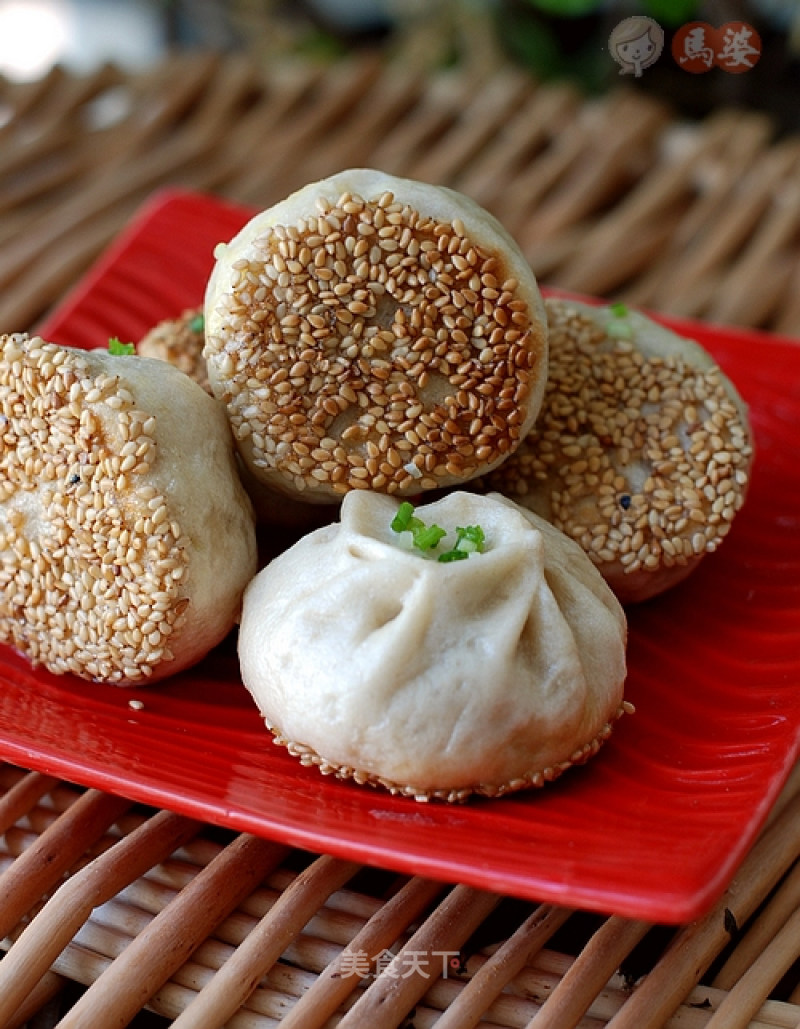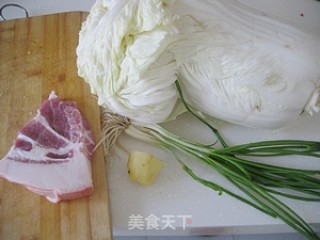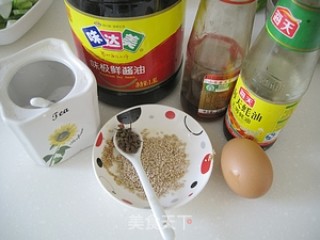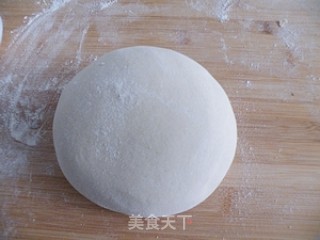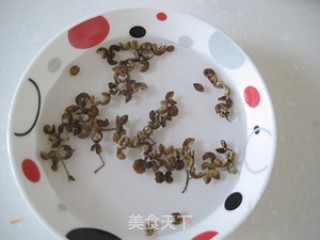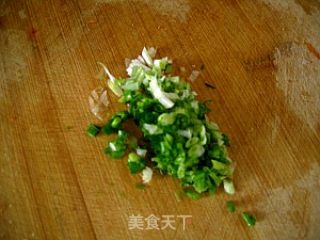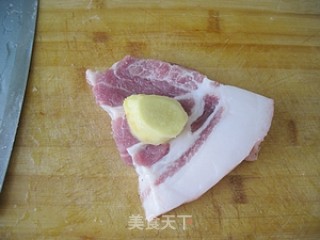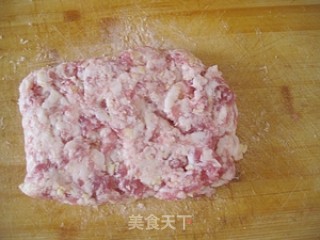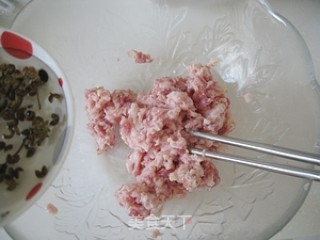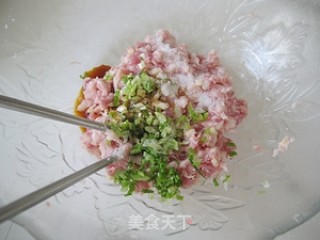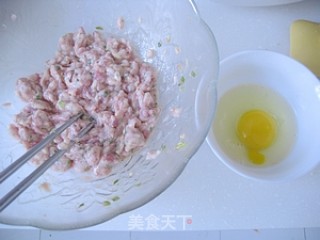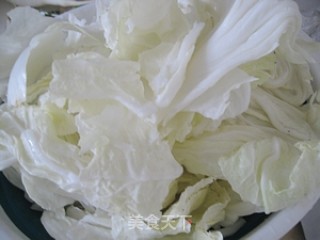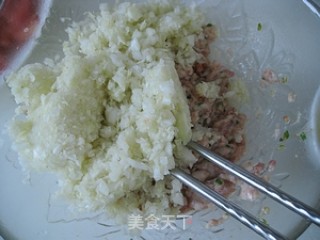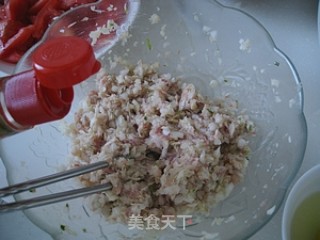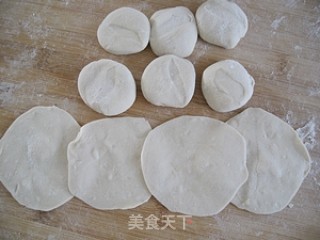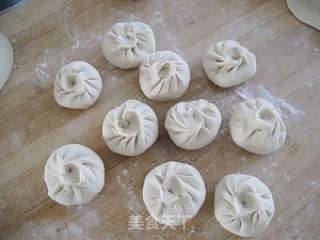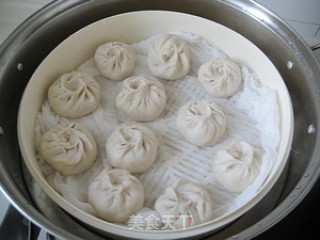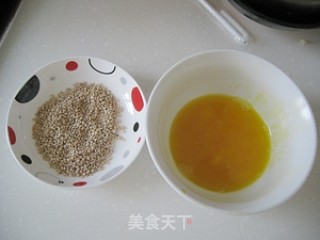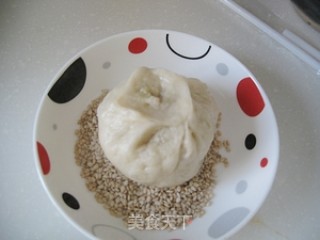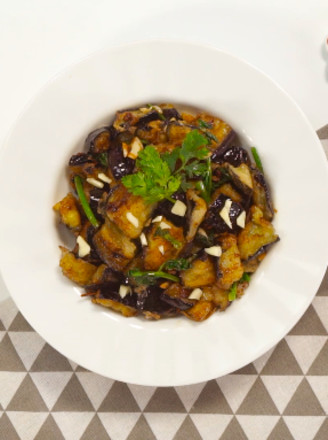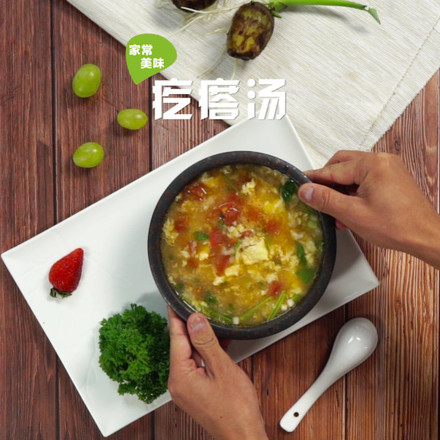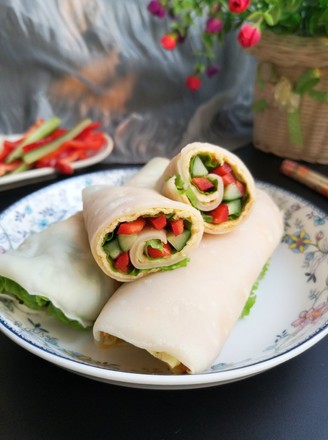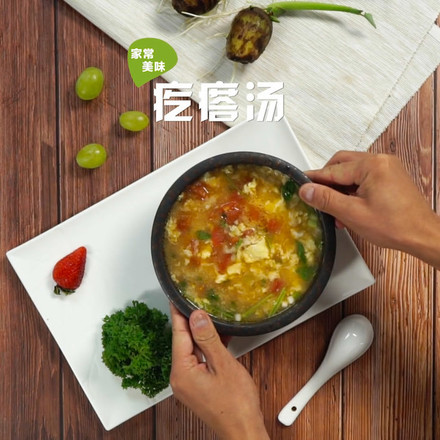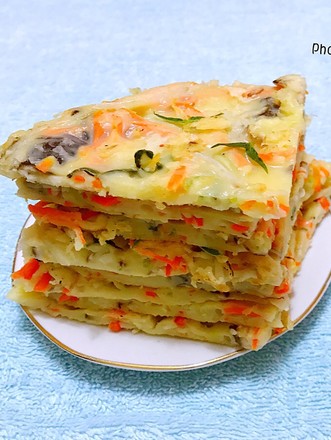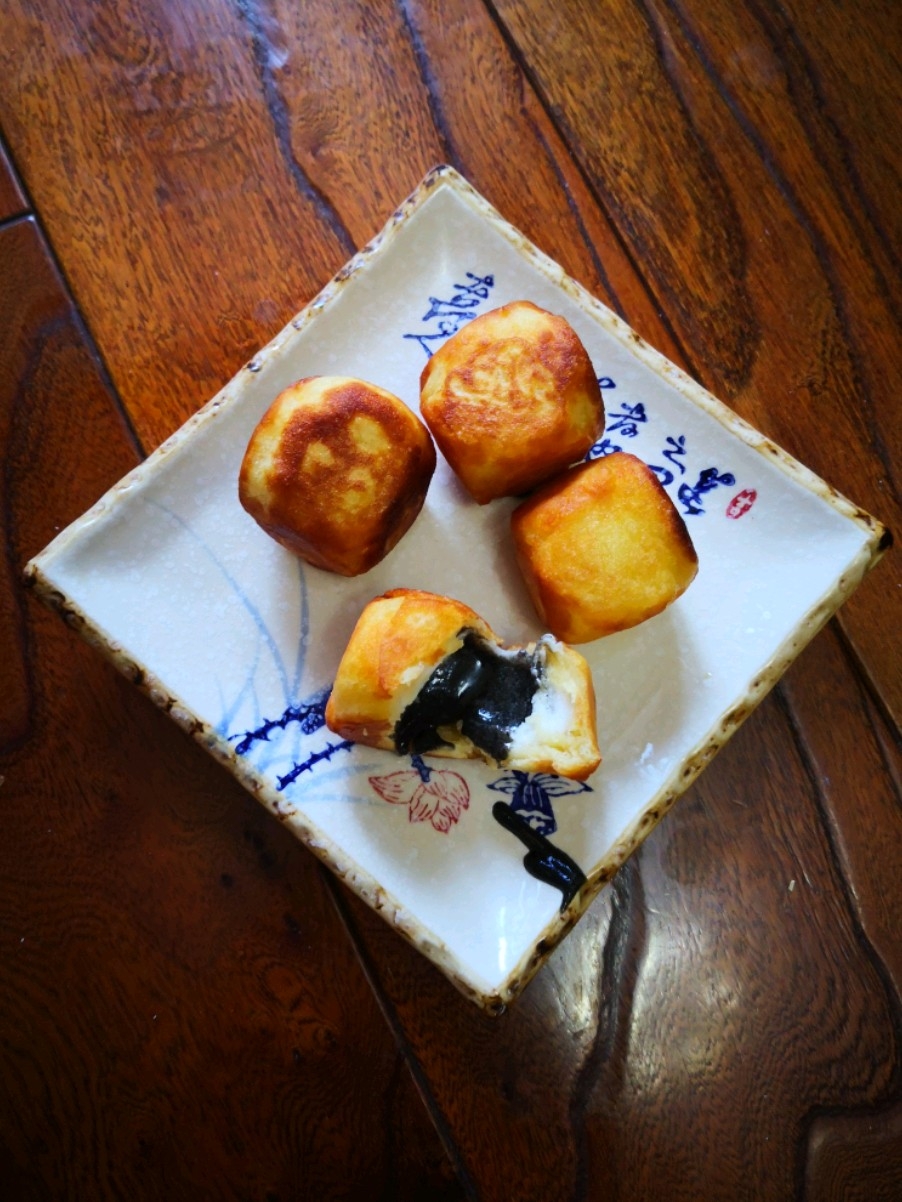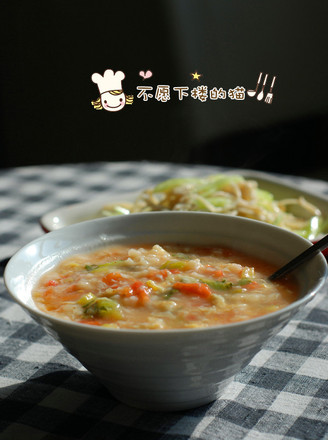Spicy Chinese Cabbage and Meat Buns
1.
For meat stuffing, cabbage mainly uses leaf parts.
2.
Ingredients and seasonings.
3.
Add appropriate amount of water and baking powder to the flour, ferment it in a bread machine 4 hours in advance, and knead it for later use.
4.
Soak the peppercorns in appropriate amount of water for later use.
5.
Wash the chives and mince.
6.
Chop the meat and ginger together.
7.
The meat filling of steamed buns is slightly thicker than the filling of dumplings, which tastes better.
8.
Put the minced meat in the pot, add the pepper water three times, and stir vigorously in one direction.
9.
Add chopped shallots, light soy sauce, 1 teaspoon salt, and stir in oyster sauce.
10.
Knock in the egg white and stir. Knock the remaining eggs into a bowl and set aside.
11.
Wash and drain the leaves of the cabbage.
12.
Add 1 teaspoon of salt and mince.
13.
Wrap it with gauze and squeeze out the water.
14.
Add the meat filling to the cabbage and mix well.
15.
Add appropriate amount of sesame oil and mix well, then continue to add 1 teaspoon of salt, mix well and set aside.
16.
Divide the noodles into small pieces and roll the skin.
17.
Make round buns and wake up for 15 minutes (just the time to prepare the steamer).
18.
Put water in the steamer and boil, put the steamed buns in the steamer for 15 minutes on high heat and 3 minutes for 3 minutes.
19.
Prepare white sesame seeds and stir the eggs into liquid.
20.
When the right bun is not hot, dip the bottom of the egg liquid, and then put the sesame seeds to stick it.
21.
Heat an appropriate amount of peanut oil in a frying pan, add the bottom of the buns covered with sesame seeds and fry until golden brown.

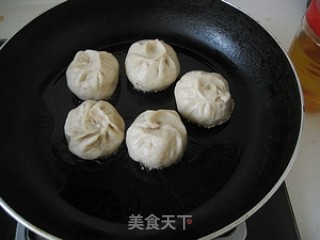
Tips:
1 When making the noodles, the temperature of the water should be about 35 degrees Celsius, and the water should be added little by little to better control the water consumption;
2 Cold water is recommended if you use a bread machine to propagate the dough.
3 The fermentation time of the dough will vary depending on the temperature. The method to determine whether the dough is fermented is: dip your fingers in the flour and insert it into the dough. After the fingers are pulled out, the dough around the fingerprints does not rebound or sink, indicating that the fermentation is just right. If the dough around the fingerprint rebounds quickly, it means that the fermentation time is not enough; if the dough around the fingerprint sinks quickly, the dough is over-fermented. You can add baking powder and knead to save it. 4 After the steamed buns are cooked, turn off the heat, wait about 3 minutes before opening the lid and take it out, so as not to open the lid and make the buns collapse when the heat is off; the buns will shrink when they are too long.
4 When frying the steamed buns, the heat should not be too high to avoid scorching.

